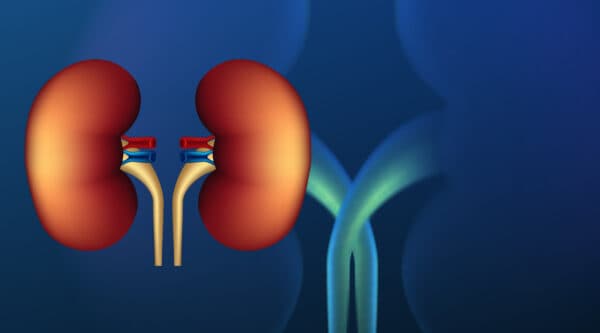Those in the healthcare industry already know that revenue cycles are how the payments (i.e. revenue) from patients are tracked from the initial appointment through to collecting the portion of money owed after the claim is submitted to their insurance company. However, a full understanding of the revenue cycle process, as well as what can go wrong during it, makes it clear that there’s a very large need for Federal ERISA appeals and the collection of aged claims. Let’s go through this, step by step.
Dictation and Transcription
According to Becker’s ASC, “The first step in the revenue cycle process is dictation of the operative note by a surgeon following completion of a procedure. Traditionally, surgeons would dictate into a tape recorder. Technology now allows surgeons to record their operative note in a number of ways, including via smartphone app, web browser, and phone line.” This is followed by transcription, “Upon completion of operative note dictation, transcription of the dictation occurs. This is where the newer dictation technology as well as advanced transcription technology and services help improve the speed of completion and accuracy of an operative note, which is critical to sending out a clean claim faster.”
Coding
The third step of the process involves coding those dictated notes, “Using the surgeon-approved operative note, coders get to work. Their job is to accurately assign CPT procedure codes, ICD-10 diagnosis codes, and modifiers, if necessary, to the procedure(s), which will be used by the payer to determine reimbursement for the procedure(s).”
The Billing Process
After coding, the billing department steps in, “The charge entry process requires careful attention to detail and accuracy. Charge entry covers the processes of entering and assigning critical data as per guidelines established by the payer(s) covering the procedure. This data includes ICD-10, CPT codes, and HCPCS codes, as well as any changes to codes as per payer guidelines; applicable coding modifiers; date of service; performing surgeon; and details concerning referral source and authorization. This information must be assigned to the correct patient.”
Once everything has been entered, it’s time to submit that claim. “When the previous stages in the revenue cycle process are completed, it’s time to submit the claim to the payer for consideration. The individuals tasked with this responsibility should be well-trained on how to submit claims to all of the payers, including Medicare, Medicaid, in-network commercial payers, out-of-network commercial payers, workers’ compensation, and personal injury payers. Furthermore, they should stay abreast of the latest payer policies and changing federal and state regulations.”
After the claim is submitted, they “need to follow up to check on the status of the claim. If a payer denies a claim, follow-up — along with the submission of an appeal and any supporting documentation — will also be required. These efforts should continue until payment is received or when the ASC determines continued pursuit of payment is no longer worthwhile.”
If possible any mistakes are corrected and the claim is submitted a second or third time to the commercial health insurance company. However, once those three state-level appeals are completed, there isn’t much that can be done. This is why it’s important to collect on the claim as soon as possible.
Are You Dealing With Aged Claims?
No matter how well you understand the revenue cycle, you more than likely have some aged claims that need to be collected. This is where we come in. We specialize in the Federal ERISA appeal process, which collects on commercial health insurance claims that have gone through their three state-level appeals. Give us a call or reach out via our contact form to find out how we can help you.







